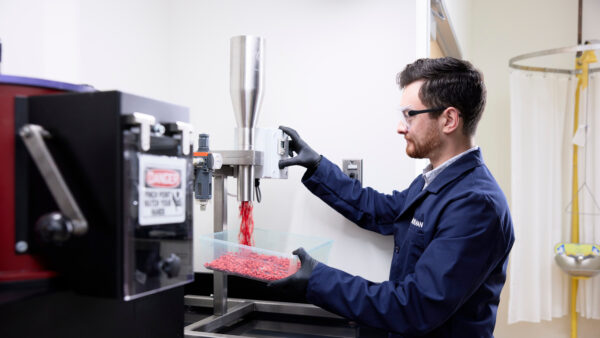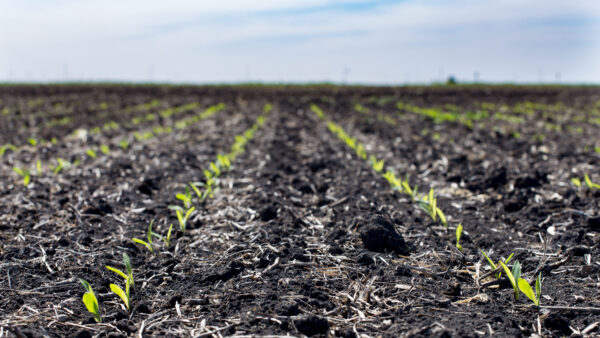Certain hybrids of seed supplies are limited this year, which is forcing seed companies to plan ahead for production and logistics.
“Every product year has its challenges, but 2011 was certainly one of the most challenging for the entire seed industry,” says John Latham, president of Latham, Hi-Tech Seeds based in Alexander, Iowa. According to Latham, his territory “experienced extreme heat during corn pollination, excessive winds, literally hurricane-force winds, in July and August, plus an early frost on September 15. It’s no wonder seed supplies will be tight for corn and even some soybean products.”
From drought to intense heat, and in some regions localized flooding, seed production regions across the country saw a wide range of inclement weather throughout 2011. As a result, many regional seed companies from Iowa to California are reporting tight supplies of some varieties.
According to Latham, the biggest challenges are germination and seed size. “Companies need to help farmers understand there will be different seed sizes this year,” he says. “Because a seed is a living, breathing organism, we cannot control it. We wish we could ‘make seed sizes,’ but we have to work with what Mother Nature delivers.”
Production Challenges
As a result of the tough growing conditions throughout 2011, many companies have already implemented production plans in order to meet seed demand for 2012, which include relying on winter production and multiple domestic production sites.
“It’s an interesting time, because demand for seed corn has increased, while supplies are limited,” says Latham. “Fortunately, Latham Hi-Tech Seeds had a very aggressive production plan in place for 2011 that included multiple domestic production sites. As a result, we only had to go to winter production for seven percent of our corn production needs.”
Other companies are relying more heavily on winter production. “It looks like we will come through just fine again this spring. Even though we had to spend extra money to go to South America to get some of our seed supply, we are committed to making it happen today and in the long term,” says Kevin Burrus, production manager for Burrus Hybrids.
Dave Hughes of Hughes Hybrids in Woodstock, Ill., is less worried, but still taking the necessary precautions. “We will sell out of a product or two, which is normal in most years,” he says. “We are a little squeezed, but our summer production was better than it should have been, considering the tough growing year. We are also relying on some winter production for our key full-season hybrids.”
However, winter production presents challenges of its own, and seed companies need to be prepared. “Winter production can be a headache for both the seed company and the farmer, and unexpected delays can happen,” explains Latham. “We understand farmers’ desire to plant seed as soon as spring conditions allow, and we will do all that we can to get the right product delivered to them as quickly as possible.”
Planning Ahead
Meanwhile, Tom Burrus, president of Burrus Hybrids, says it’s all about logistics. “We will be starting seed deliveries a month earlier than normal,” says Burrus. “Our goal is to put all of our summer-produced seed of both corn and beans on the customer’s farm by March 15. This means that any day a grower wants to start planting, he will have a majority of his seed on-farm to dump in the planter. This will allow our staff to move back to our sizing, treating, blending and bagging facility. We will bring in extra delivery staff to put our winter-produced seed on-farm.”

Hughes says it all comes down to communicating with customers and explaining the supply situation to them. “We are advising our customers that they will get their orders, but they will not get the exact seed sizes they want and may have to receive a split delivery to accommodate for the winter product,” says Hughes. “We are asking our customers to help us out with logistics by taking earlier-than-normal delivery, giving us time to get winter seed delivered later. Our concern would be that farmers double-order from more than one supplier, [which] may exaggerate the supply tightness that the industry as a whole is feeling.”
In a year of seed shortages, regional seed companies are in a very good position to answer seed demand—it’s a sentiment they can all agree on. “We have the facilities, the people and the desire to keep all the planters running, no matter what they have had in them earlier in the planting season,” says Burrus. “We can make things happen better than any company of any size, and we will prove it this spring. We have never had a customer’s planter run dry in our first 75 years and we will not let it happen in 2012.”
Julie McNabb











